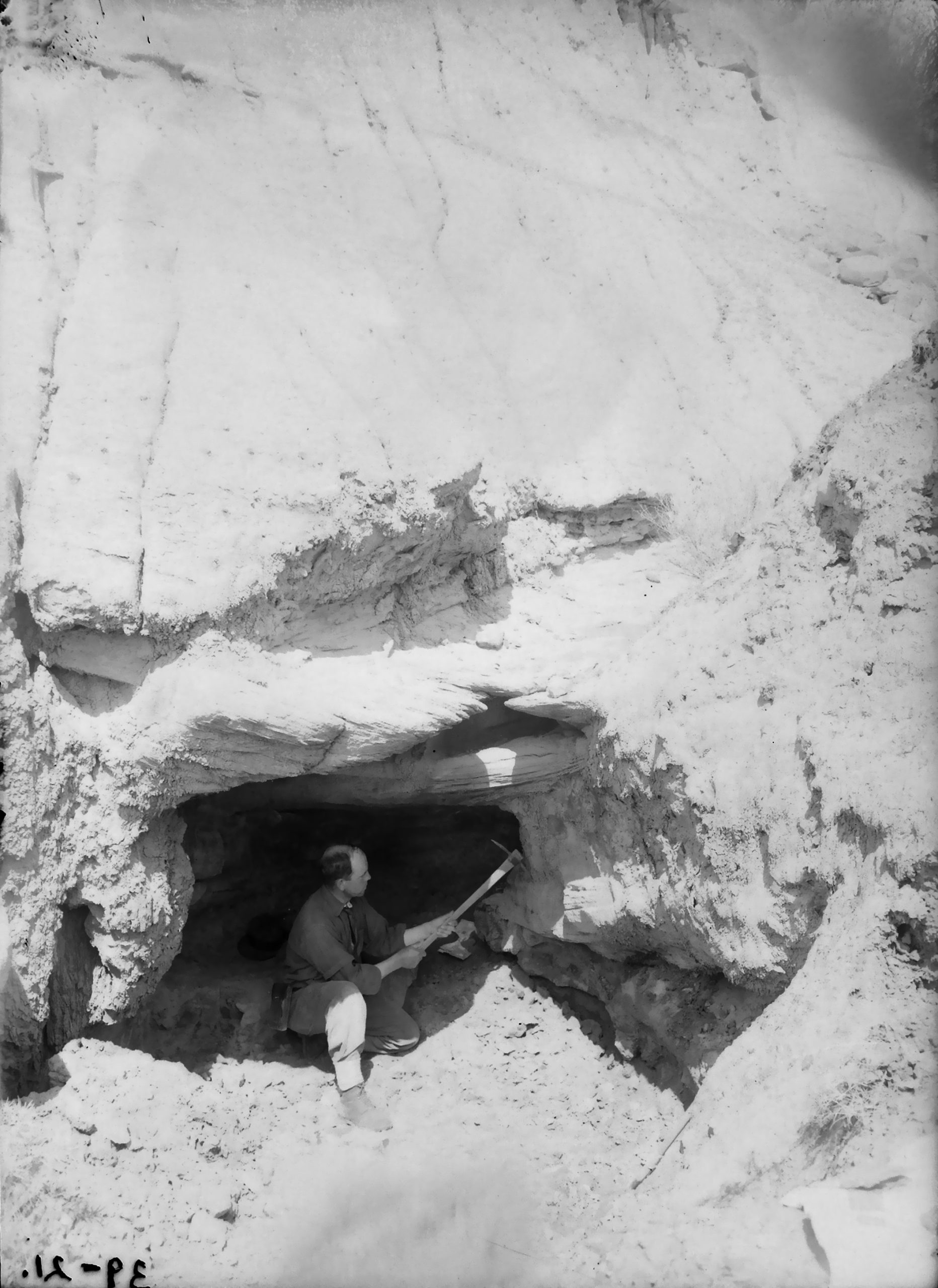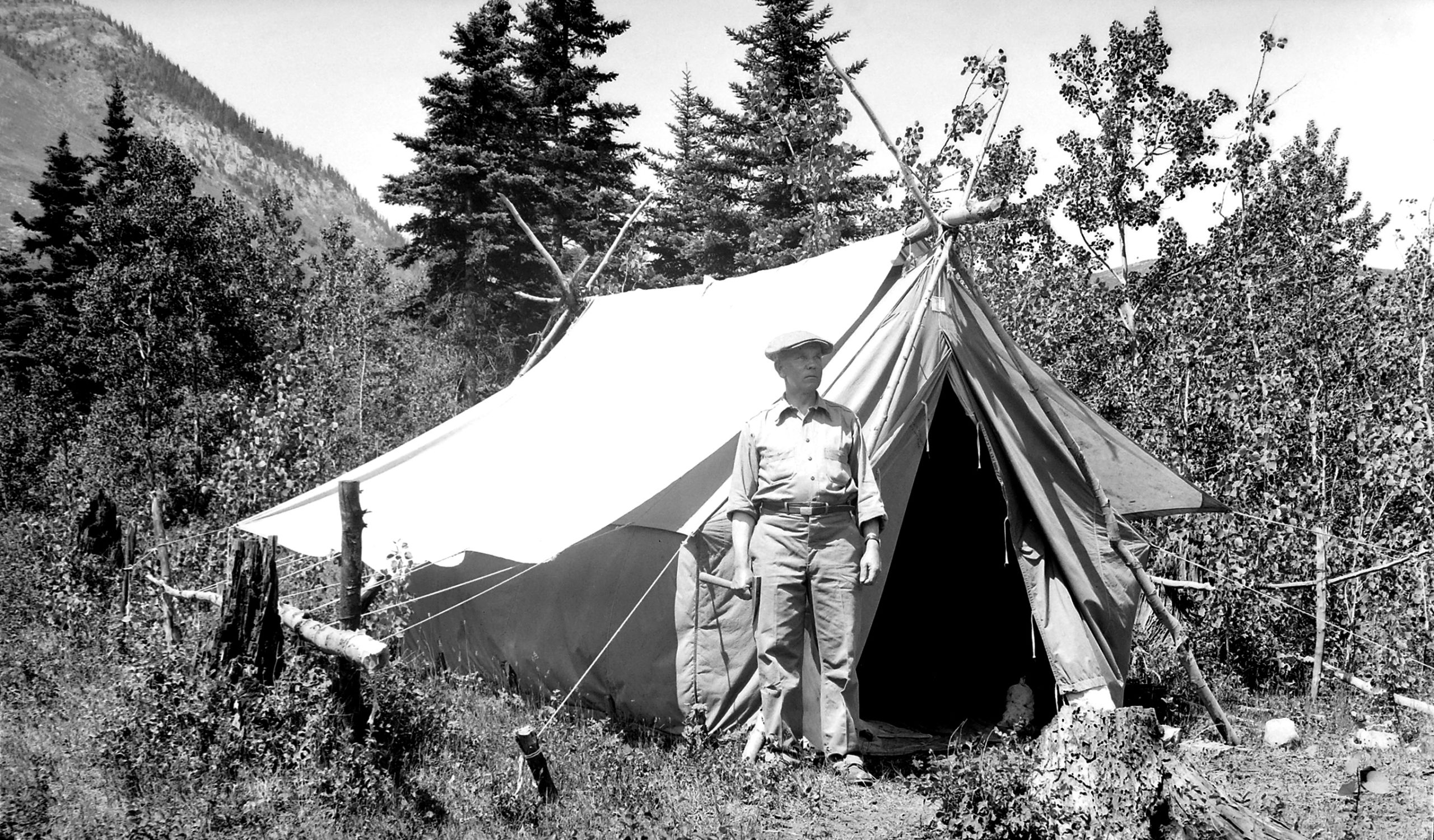University of Alberta Archives UAA 79-23-1357
‘Hardrock’ Allan: A Mountain’s Worth of Impact
John “Hardrock” Allan, PhD, helped establish the critical importance of geology in Alberta. He also laid the groundwork for generations of earth scientists to come, and his pioneering work led to many of the province’s biggest energy discoveries.
Among his many achievements, Dr. Allan founded the University of Alberta’s geology department, serving as its chair for 36 years.
An inaugural APEGA member, he served on Council from 1925 to 1927 and was the President in 1930. Allan was also a founding member of the Alberta Research Council and the first director of the Alberta Geological Survey.
While exploring Alberta’s wilderness on field expeditions, he mapped Alberta’s natural resource deposits. That work informed the first geological map of Alberta, which he produced in 1920.
A fitting tribute came in 1948, with the naming of Mount Allan in Kananaskis.
Dr. John Allan, P.Eng. (second from left) conducts field work in the Jasper area. He documented his more than 30 field expeditions with thousands of photos. The University of Alberta Archives holds almost 7,000 of his negatives.

University of Alberta Archives UAA 79-23-337
Allan digs for dinosaurs near Steveville, in southeast Alberta, in 1921. His extensive collection of fossil and mineral specimens is preserved at the University of Alberta’s Mineralogy and Petrology Museum, which he founded in 1912.

University of Alberta Archives UAA 77-84-435
Allan at his campsite, southeast of Turtle Mountain. Between 1931 and 1933, he mapped fissures on the back of Turtle Mountain, site of the Frank Slide.

University of Alberta Archives UAA 79-23-1357
Dr. Allan created the first geological map of Alberta in 1920. He supported development of Alberta’s natural resources and, in 1927, predicted the oil boom, which began in 1947 after the discovery of Leduc No. 1.

Peel’s Prairie Provinces, a digital initiative of the University of Alberta Libraries M000168


